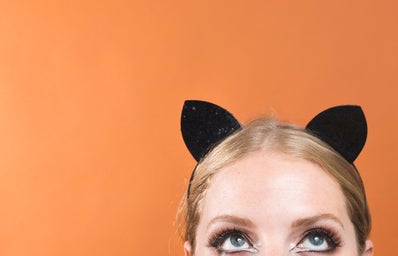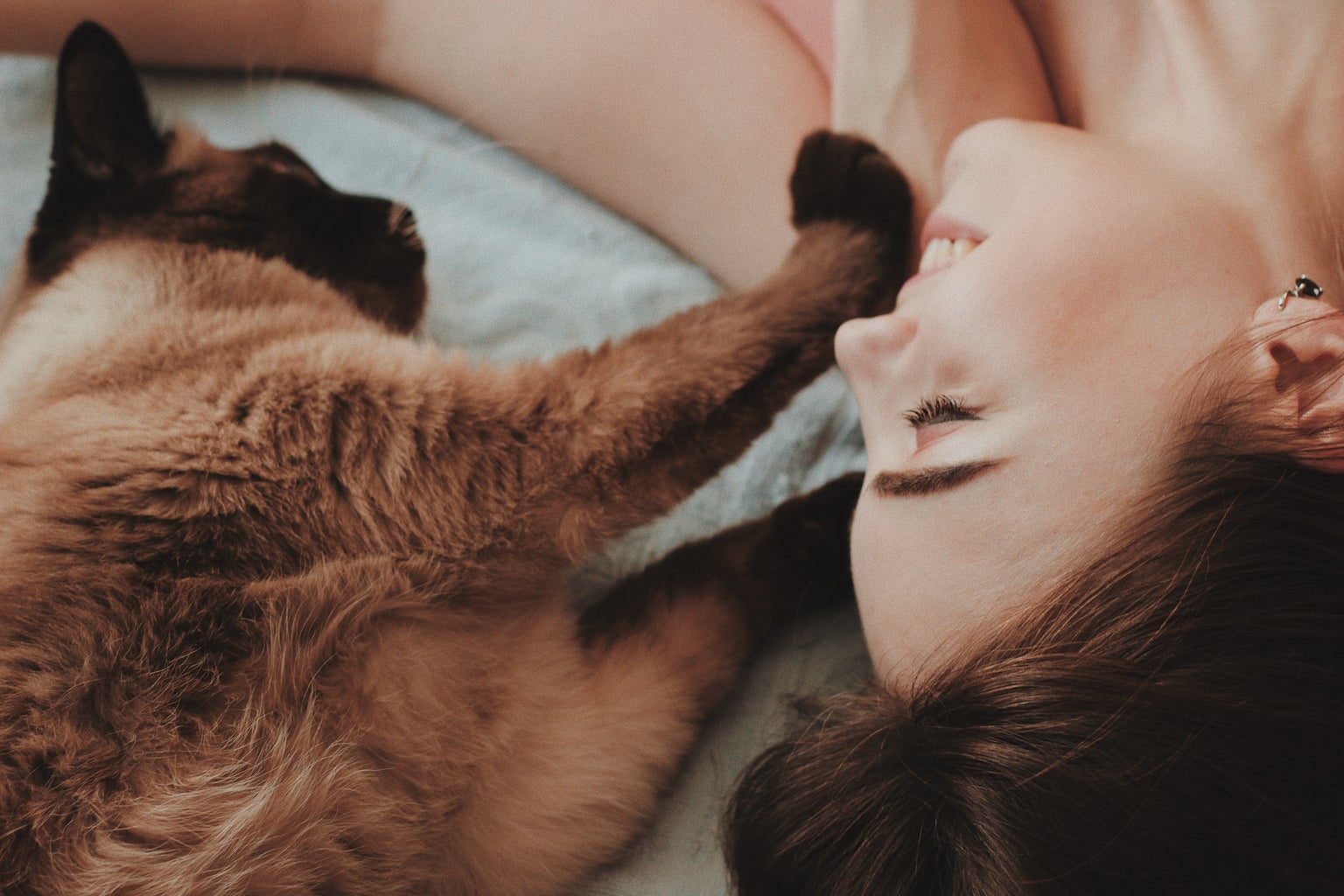The ever-popular trope of the Crazy Cat Lady conjures up images of dressing gowns and disarray, the pariah and the polka dot, the senile and the feline. She is a figure all too familiar, fluttering through the inky backdrop of DC’s Batman franchise, terrorising the streets of Springfield, or being bludgeoned to death in A Clockwork Orange. And yet, we don’t really know her at all, haven’t really waded through the clutter that makes her up. What wizened old birch did she splinter her way out of? Who is she (the cat’s mother)? What does she want? And what makes her crazy?
To decipher the construction of this cliche, we need only look back a few centuries to when Europe was writhing with a craze for the occult, a compulsion to blame and accuse. I refer, of course, to the witch hunts that led to the murders of hundreds between 1500-1700. These crusades tended to target the female and elderly, particularly those unmarried or childless, or figures generally isolated from society. If asked to provide a criteria for the dreaded label, a witch-hunter might litter their language with phrases like poverty, unusual intelligence or behaviour, and an affinity with small animals. Consequently, those most likely to fall victim to witch-hunting were independent women beyond reproductive age, and those ostracised for their neurodivergence or non-conformity. These would be people, perhaps, working their own land outside of village boundaries, or acting as healers or wise-women in ways that helped to uplift or socially mobilise their community. This reveals the perpetuation of witch-mania to be in fact a method of control. By removing these members of the population, landlords could quash potential ambition or optimism among serfs, could exponentially amplify ignorance and reliance on higher-ups, and could otherwise stabilise the hierarchies that kept them perched neatly at the top. One such hierarchy would, of course, be patriarchal, and by choosing space and independence, these so-called witches were essentially championing an early form of consent. This could only be repressed by intrusion into the bodies, lives, and land of the accused.
The imaginative schema weaving powerful women together with feline companions may date back, however, far further. We might see the Crazy Cat Lady’s ancestor in Homer’s Circe, an enchantress who domesticated mountain lions and wolves, or indeed in the Norse Goddess Freyja, whose chariot is headed by two blue cats. Historically, cats have always been conceptualised as feminine, often linked across various traditions with female deities, presiding over specifically feminine traits or values. Freyja, for instance, was a protector of qualities like beauty and fertility, and half-woman-half-cat goddess Bastet of Ancient Egyptian religion was worshipped for her associations with motherhood, pregnancy, and childbirth. Potentially, we might consider the nature of cats as being particularly close to that of ancient womanhood. Their natural elegance, gentleness, and fierce maternal instincts aligned them intimately to feminine ideals, and they were well-suited to indoor lifestyles amongst the women, rather than, say, accompanying the men on hunts or on the fields.
So why did the Crazy Cat Lady go from a goddess to a good-for-nothing, a deity to a deviant? The answer: not so shockingly, misogyny. As recently as the early 20th Century, we see the anti-witch illustrations featuring furry familiars recur once again in anti-Suffragette propaganda. These posters regularly included depictions of exaggeratedly old and unattractive suffragettes alongside their household cats or even replaced the suffragette altogether with a cat, to imply that one may just as well allow cats to vote. Dark age descriptions of cats as the cohorts of witches often stressed that they were demons of vanity in particular, a concept still used specifically to criticise women. Our vision of the Crazy Cat Lady, furthermore, has actually undergone a metaphorical hysterectomy – she is both inherently feminine, and inherently infertile. She is fundamentally a spinster, with her feline entourage distortedly replacing her implied missing puzzle-piece: the fruits of her womb. The Crazy Cat Lady is alienated from the rest of society precisely because she has chosen spinster-hood, and embraced unorthodox feminine living. By virtue of her very existence, she follows the radical position of Mary Daly, that women should be reclaiming terms previously used against them: “hag”, “witch”, “crone”, “harpy”, “spinster”, “siren”. Animosity toward this figure, feminist, usually childless, perhaps very different to the traditional woman of their time, is therefore rooted, in my opinion, in anti-Queerness, ableism and sexism.
This is perhaps why society hates the Crazy Cat Lady, but what is it about cats that has caused us to deem loving them to be crazy? Unlike a dog, with its unconditional love and affection, its physical displays of devotion, and its up-for-anything attitude, a cat requires trust to be touched, and demands that a relationship be built over time. Cats are often portrayed as cold, selfish, and rejecting creatures, reflecting, in many ways, the rallying that we see against recent developments in consent-culture. People hate cats because they set boundaries, because they challenge us to be patient, to invest time and care into our connection with them. Neurodivergent people and women may often find themselves, then, preferring the partnership that can be found with a cat, an animal that won’t immediately lick your face or overwhelm you with physical contact. Cats comprehend mutual respect and personal space in ways that even a large part of the human populace seems to struggle with. And so we might conclude that the Crazy Cat Lady was never that crazy after all. She simply cares about her choices, her autonomy, and the close relationships that she has poured her love into.



